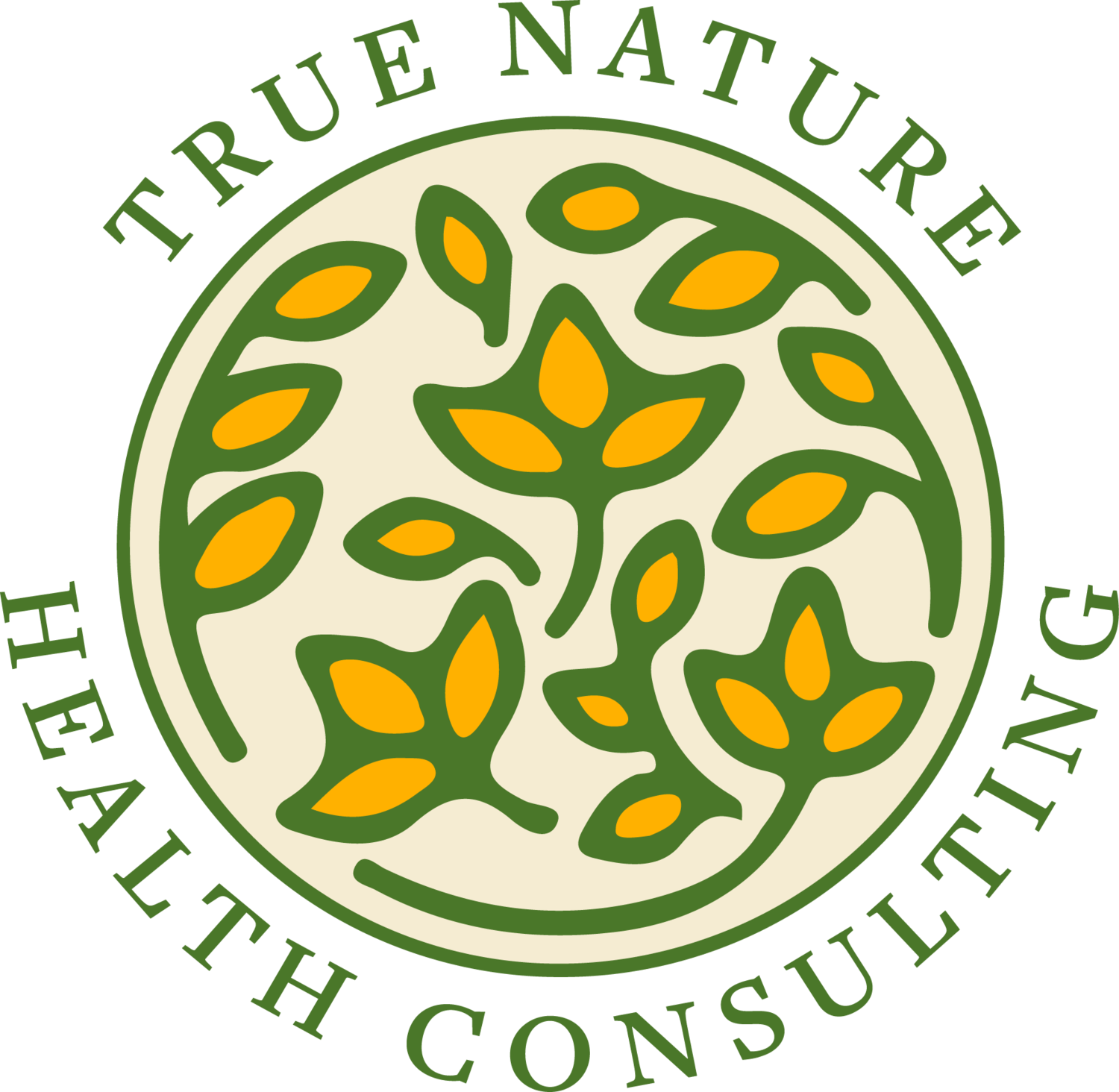The Truth About Antioxidants: Know Before You Swallow!
Hello, I am Julie Donaldson and I am a clinical nutritionist with functional medicine training. I specialize in restoring balance in complex, chronic and acute health conditions. I welcome you to peruse other articles that may be of interest to you in your health investigation!
“I simply had no idea what I was doing to my body with choosing to ingest copious amounts of “healthy” antioxidants. As soon as I stopped this process and followed Julie’s advice on all things personal to me, my health changed for the better. There is a lot of bad advice out there...take the good stuff (you get here) instead!”
Antioxidants began to receive a lot of public attention in the 1990s, when scientists first understood that free radical damage was involved in the early stages of artery-clogging atherosclerosis. Cancer, vision loss, and a host of other chronic conditions also were discovered to be associated with free radical damage. A few studies showed that people with low intakes of antioxidant-rich fruits and vegetables were at greater risk for developing these chronic conditions than were people who ate plenty of those foods. Clinical trials began testing the impact of single substances in supplement form as weapons against chronic diseases, especially beta-carotene and vitamin E. Even before the results of these trials were in, the media and the supplement and food industries began to hype the benefits of antioxidants. Supplement makers touted the disease-fighting properties of all sorts of antioxidants, and now the pendulum has swung completely in the opposite direction. There is a healthy ground between all-in and all-out on antioxidants - we’ll discuss it here.
Where does the truth lie?
Randomized placebo-controlled trials (which can provide the strongest evidence) offer little evidence that taking vitamin C, vitamin E, beta-carotene, or other single antioxidants provides substantial protection against heart disease, cancer, or other chronic conditions. The results of the largest trials have been mostly negative.
One possible reason why many studies on antioxidant supplements do not show a health benefit is because antioxidants tend to work best in combination with other nutrients, plant chemicals, and even other antioxidants.
Another possible reason? Antioxidants (of certain types) scavenge all types of reactive oxygen species (ROS), including the helpful/beneficial ones. Some reactive oxygen species (ROS), such as nitric oxide (NO) and superoxide dismutase (SOD) have very important cell signaling functions in the body. (SOD is also key for controlling inflammation related to joint diseases.) They are also critical for vascular dilation, circulation and healthy endothelial function in the blood vessels. When these particular ROS are scavenged, protections against endothelial stress/vascular constriction and cardiovascular disease are removed.
Free radical damage is linked to formation of many degenerative diseases, including cancer, cardiovascular disease, cataracts, and aging. Excessive ROS formation can induce oxidative stress, leading to cell damage that can culminate in cell death. The balance between the production and scavenging of ROS leads to homeostasis in general. If the balance is shifted towards the formation of free radicals, what results in time is accumulated cell damage. Antioxidants can attenuate the damaging effects of ROS in vitro and delay many events that contribute to cellular aging. But some types of oxidative stress are beneficial. The truth? Balance between ROS and antioxidants is optimal, as both extremes - oxidative and antioxidative stress - are damaging.
So, what is the path to protection and balance?
Here, we’re going to cover a couple of more recently researched antioxidants that have the power to scavenge free radicals without reducing the helpful ROS. Both of them scavenge the most dangerous free radicals, which are hydroxy and peroxynitrate.
The first compound we’re discussing is ergothioneine (EGT). EGT was first discovered in 1909, but not highlighted in research and/or medicinal potential until the mid 2000’s.
EGT is now my 1st choice in the use of helpful antioxidants. The reason is that it is now available in a form that is gentle on the body and highly effective for any organ where tissue damage has occurred. Older forms of EGT (powder) caused a lot of gastric distress, simply because many people have gastric damage and EGT Is highly effective at saturating and acting upon damaged tissue. So, rather than spreading out through the body to locate damaged tissue, capsule forms would concentrate in the stomach upon ingestion. This is one of EGT’s most unique qualities - it is adaptive and inducible upon demand, meaning it goes where it is needed in a personalized manner. And while this quality always existed, the provision of a smarter delivery technology (liposomal) has been needed in order to make it most effective for all tissues in the body,.
The consumption of foods containing higher amounts of EGT was also initially encouraged. But, many people who have multiple layers of health challenges also experience difficulty with food sensitivities and intolerances. Therefore, consuming a large enough quantity of any given food high in EGT could present its own challenge. Mushrooms, nuts, some herbs and spices are the foods highest in EGT - see reference table here. Those who tolerate these foods can certainly benefit from regular consumption.
EGT accumulates in all of the body’s vital organs, as well as in the spleen, eyes and whole blood. It can be measured in the cerebrospinal fluid as well as in blood, mother’s milk, amniotic fluid, mammary epithelial cells and seminal fluid. It crosses the blood-brain barrier. Urinary excretion of EGT is low, indicating avid retention of the compound by the body.
Here is a list of known actions that EGT has in the human body:
It is anti-senescent (anti-aging)
It is anti-inflammatory, protecting against numerous associated diseases such as diabetes, cardiovascular disease, fatty liver disease, etc.
it is anti-neurodegenerative
It is immune-modulating via its influences upon Nrf2, which also influences cytokines such as IL-6. Nrf2 is an antioxidant redox-sensitive transcription factor which provides cytoprotection against oxidative stress and is the most potent activator of antiox redox elements.
It improves mitochondrial respiration and exercise performance
It improves sleep architecture, including falling asleep, staying asleep and achieving deep sleep, regardless of the timing of ingestion. This holds true with both subjective and objective measures.
It improves cognition, attention, executive function and reaction time
It weaves all aspects of the antioxidant super systems network together, including glutathione (the body’s self-producing antioxidant), vitamins C & E and selenium. In this capacity, it can fill in for depleted single antioxidants
It reduces white matter associated with glucose dysregulation and the development of Alzheimers disease
It supports healthy pregnancy, helps to prevent eclampsia and raises sperm count
It chelates metals, especially excess iron and copper which are major contributors to oxidative stress
EGT has its own transporters - an evolutionary aspect that says “this compound is meant for your body”! Additionally, wherever there is tissue damage in the body, EGT transport is stimulated and upregulated. This makes EGT a very personalized antioxidant - it helps you build your defenses where they are needed without shutting down other aspects of the antioxidant defense system. (Imagine how powerful this is combined with personalized nutrition!)
Our #2 smart antioxidant, molecular hydrogen
The next antioxidant to be discussed is molecular hydrogen (H2). First discovered in the 1500’s and having its first connection to medicinal use in the late 1800's, hydrogen was identified as a successful antioxidant beginning in 2007. Studies on molecular hydrogen have evolved tremendously from its humble beginnings and have continued to change throughout the years. Hydrogen is extremely unique since it has the capability to act at the cellular level. Molecular hydrogen has an incredibly small size and low molecular weight, allowing it to rapidly diffuse throughout the body, including through cell membranes and the blood-brain barrier. While it readily penetrates body tissues, it is also eliminated quickly through exhalation. Overall, hydrogen seems to work by activating various biological pathways in ways that promote cellular homeostasis.
Quietly working its antioxidant magic, H2 allows the endogenous antioxidant system to continue working at its natural capacity. In the process, it offers anti-aging and anti-inflammatory effects. Like EGT, it specifically targets the most toxic free radicals (hydroxyl & peroxynitrite) without affecting other ROS (such as nitric oxide and superoxide dismutase) which have positive physiological effects. The therapeutic effects of H2 has been demonstrated in the central nervous system, cardiovascular system, lungs, kidney, liver, pancreas, skin, eyes, bone and reproduction system, all of which express the underlying pathological conditions of the predominant oxidative stress-mediated diseases (Huang et al., 2010; Ohta, 2011, 2015; Ichihara et al., 2015; Nakata et al., 2015; Iketani and Ohsawa, 2016).
Molecular hydrogen is released in water from elemental magnesium and malic acid, a naturally occurring acid in human metabolic cycles.
Hydrogen is small enough to enter the mitochondria, as well as to translocate to the nucleus under certain conditions. Once in these ideal locations of the cell, studies have shown that hydrogen exerts antioxidant, anti-apoptotic, anti-inflammatory, and cytoprotective properties that are beneficial to the cell.
There are some indicators that H2 is hormetic. For this reason, it should be used in cycles vs. daily. More about hormetic stress may be read here.
Summations and solutions
There is no need to quit antioxidants! - just level up! - to the ones that do the job without detrimental effects.
Here are the most important points about antioxidant use:
Use the right ones! Liposomal ergothioneine and molecular hydrogen are excellent choices.
Support your body systems and mitochondrial health with personalized nutrition. Even the NIH is on board with this concept now - it is key to all energy production, and the use of any supplement stimulates energy use.
Avoid high doses of other types of antioxidants for anything other than a short period of time. The research shows increases in all-cause mortality rates with excess antioxidants such as vitamin C and E (plus, we know in MT® that they may negatively affect overall homeostasis - requirements for these are very individual).
I invite you to write to me at Julie@truenaturehealthconsulting.com should you need help with personalizing your health, nutrition and supplement needs. We provide holistic telehealth services.




